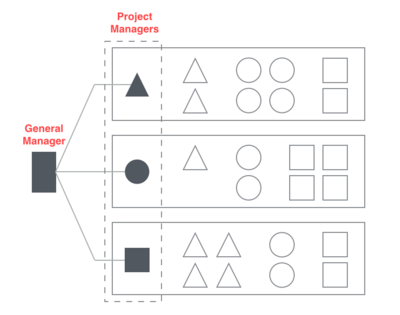Portfolio Management in a Startup
(→Background) |
|||
| Line 12: | Line 12: | ||
{{#ev:youtube|https://www.youtube.com/watch?v=f60dheI4ARg|450}} | {{#ev:youtube|https://www.youtube.com/watch?v=f60dheI4ARg|450}} | ||
| − | SCRUM methodology | + | ===SCRUM methodology=== |
==Limitations== | ==Limitations== | ||
==Conclusions== | ==Conclusions== | ||
==References== | ==References== | ||
Revision as of 00:48, 14 September 2015
Startups focused on Product Development that have a relatively wide product/project portfolio need to deal with scarce resources allocation. This issue is not trivial, as the lack of resources can lead to bottlenecks in the development phases, which are crucial for the survival of the Startup. This article aims to make a selection of the Agile methods, tools and organisational structures that best suit early stage Startups, specially those focused on Product Development.
Contents |
Background
A Startup can be seen as a business venture conceived to grow rapidly. In Product Development Startups, this potential growth is strongly related to speed-to-market.
Even that Startups' organisation is (by genetics) very flexible and adaptable to changes, a common issue in different types of Startups is certainly the lack of resources: human resources, financial resources, lack of material/equipment and/or knowledge, can jeopardise the success of a Startup in a very early stage. It is therefore necessary, that CEOs handle this issue from a managerial perspective, in order to enhance effective and efficient organisational processes, which will consequently lead to more effective and efficient business processes.
